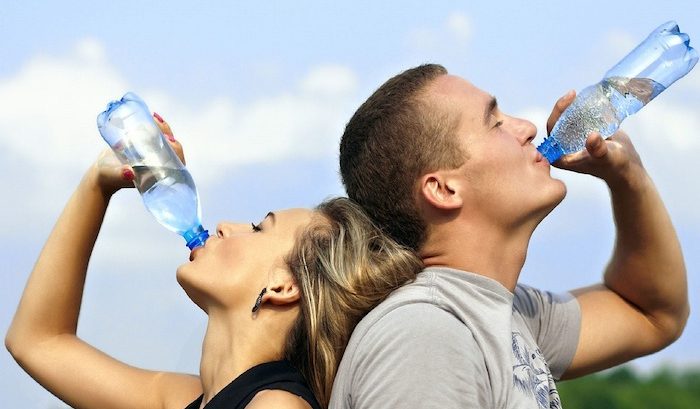In the previous contributions of the CVUA Stuttgart on the subject of “Chlorate in drinking water”, the necessity of limit values for this undesirable by-product of drinking water treatment was repeatedly pointed out and its determination demanded.
In 2017, the Federal Environment Agency reacted to these requirements by publishing maximum chlorate levels as of December 2017 in the “List of treatment substances and disinfection processes according to § 11 of the Drinking Water Ordinance”.
Why is it important to regulate chlorate levels in drinking water?
In order to obtain a microbiologically perfect quality of drinking water, treatment with disinfectants is necessary in many cases. If substances containing chlorine, such as chlorine gas, chlorine dioxide or chlorine bleach are used, the salt of chloric acid, chlorate, can also be produced in addition to other disinfection by-products.
Chlorate is toxicologically not harmless. In its opinion of 25 June 2015, the European Food Safety Authority (EFSA) stated that “the presence of chlorate in food and drinking water poses risks to public health” and that “drinking water contributes mainly to the chronic intake of chlorate in all age groups”.
Due to the acute and chronic effects of chlorate, EFSA has established a tolerable daily intake (TDI) of 36 µg per kg body weight (Acute Reference Dose, ARfD) and 3 µg per kg body weight.
EFSA’s assessment was confirmed by the Federal Office for Risk Assessment in its opinion of 15 February 2018.

Do you need advice or testing services for drinking water?
Please do not hesitate to contact us. Our laboratories carry out drinking water analyses routinely. Your person to contact is:
Dr. Yvonne Pfeifer
yvonne.pfeifer@tentamus.com
Source: Food Monitor
Source: https://www.tentamus-web.com/chlorate-values-drinking-water/
